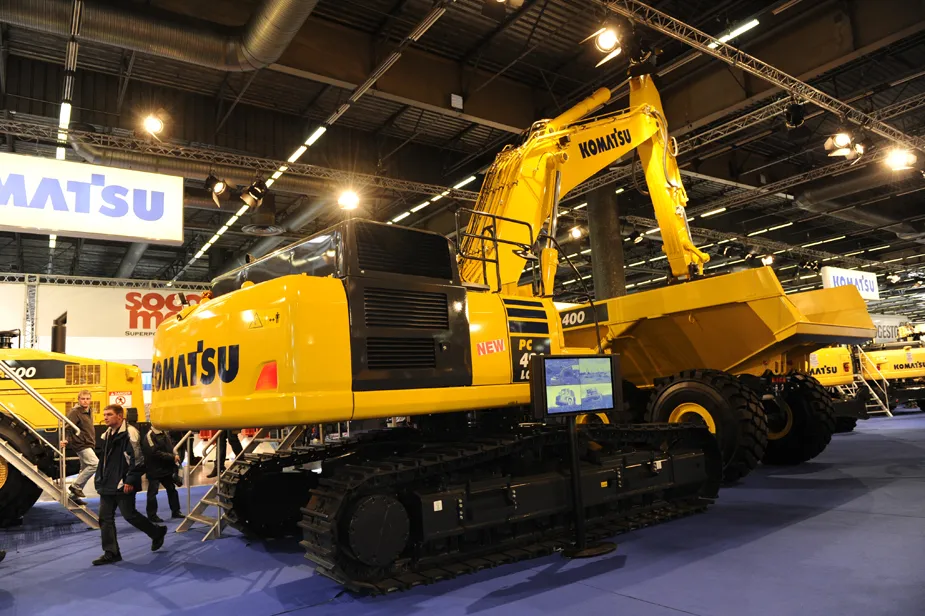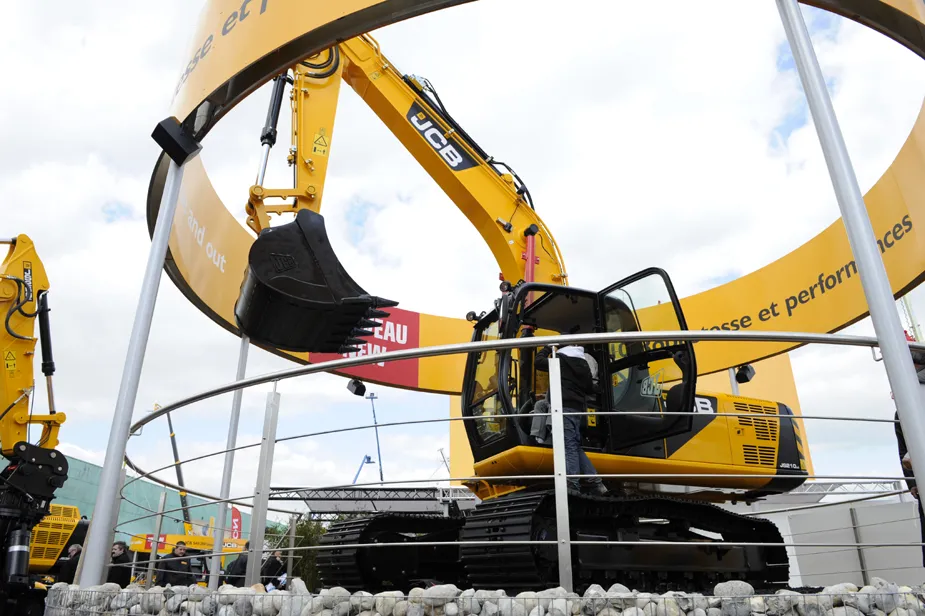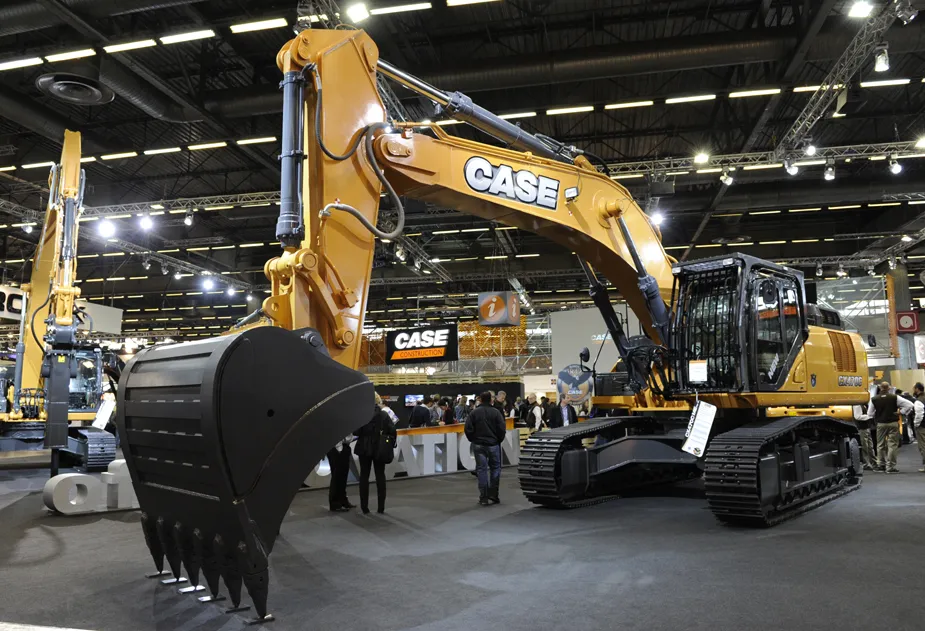The latest addition to Komatsu’s heavy duty crawler excavator range is the PC490, one of the new line-up of Dash 10 generation machines being introduced. The operator comfort and controls have been upgraded from the previous Dash 8, while six working modes allow the machine functions to be matched to the duty cycle for efficient working.
January 6, 2017
Read time: 2 mins

The latest addition to 2300 Komatsu’s heavy duty crawler excavator range is the PC490, one of the new line-up of Dash 10 generation machines being introduced. The operator comfort and controls have been upgraded from the previous Dash 8, while six working modes allow the machine functions to be matched to the duty cycle for efficient working. The cab offers ROPs and FOPS protection and safety is further improved with the durable rear facing camera at the back of the machine. As with other Dash 10 excavators the Tier 4 Interim/Stage IIIB emissions compliant engine offers a 10% gain in fuel economy, although operating noise is low. Weighing 2tonnes more than the earlier PC450-8, the new PC490-10 effectively moves up a size class and is said to be more stable in operation. It offers greater digging and loading capabilities, with a 10% increase in lifting capacity and an overall gain for productivity in all cycles. The undercarriage has been reinforced to boost durability but despite the increased weight, the PC490 has a reduced transport height, which helps make it easier to move from one site to another.2 Internal 2 4824 0 oLinkInternal <span class="oLinkInternal"><span class="oLinkInternal">View more videos</span></span> Video false /event-news/intermat-2012/video/ true false %>
%$Linker:
Hall: 6 Stand: G 042
%$Linker:







